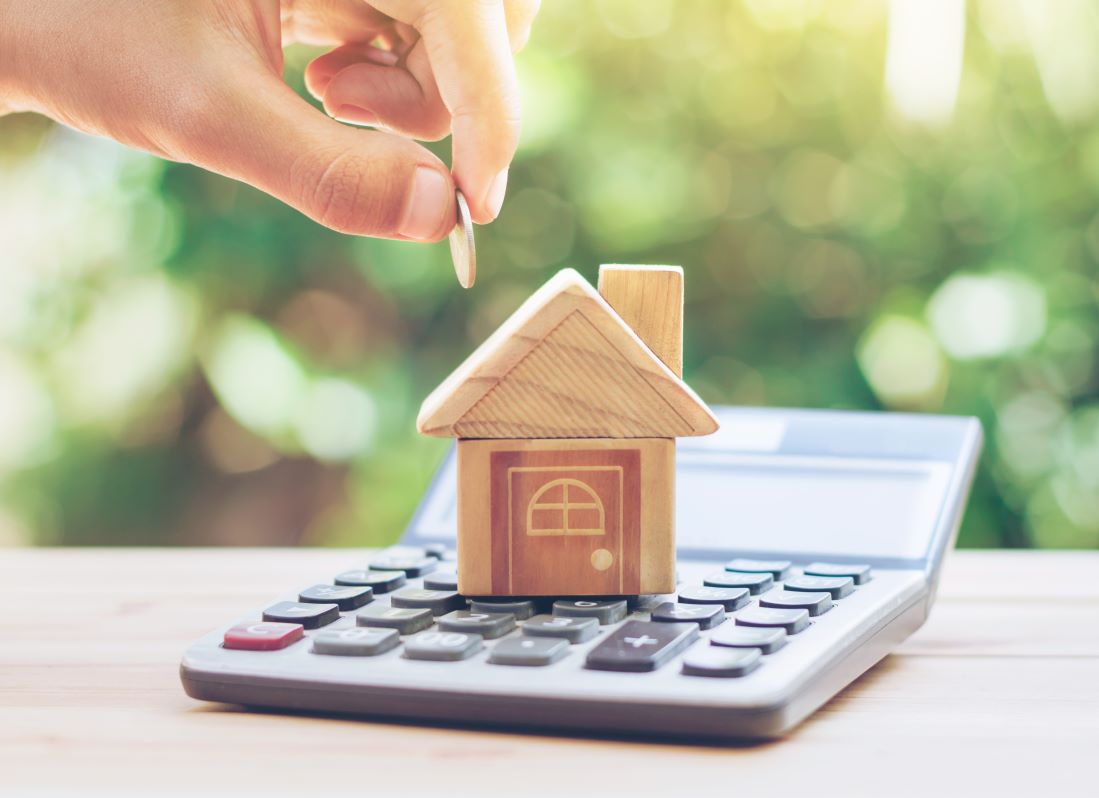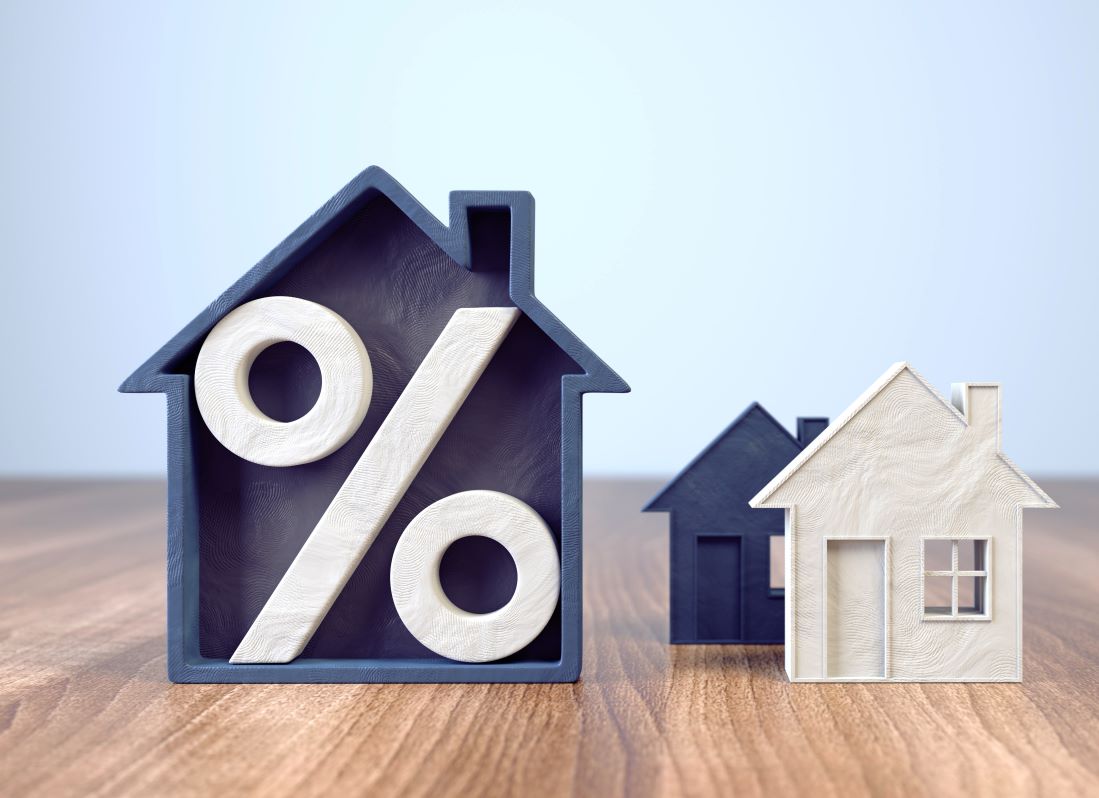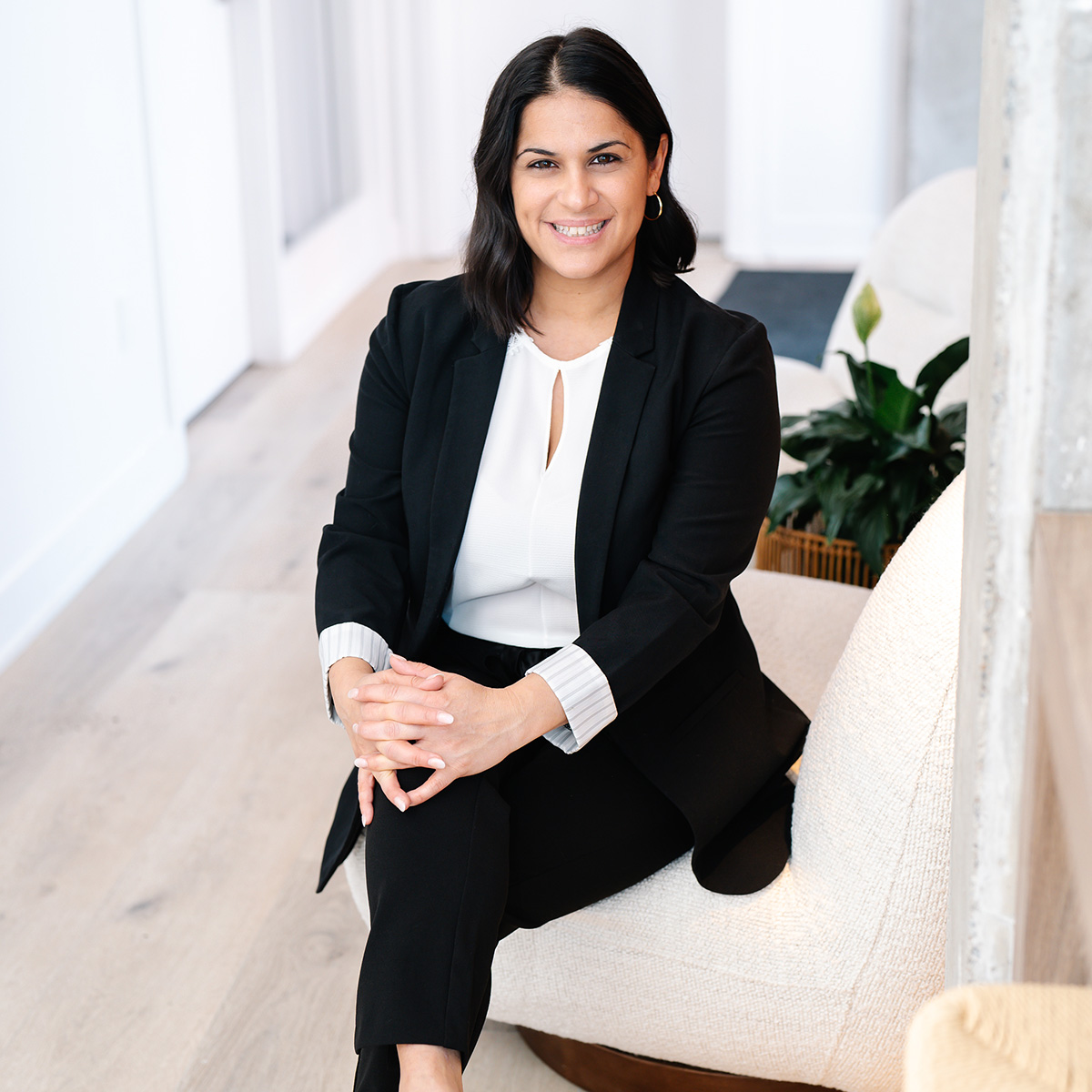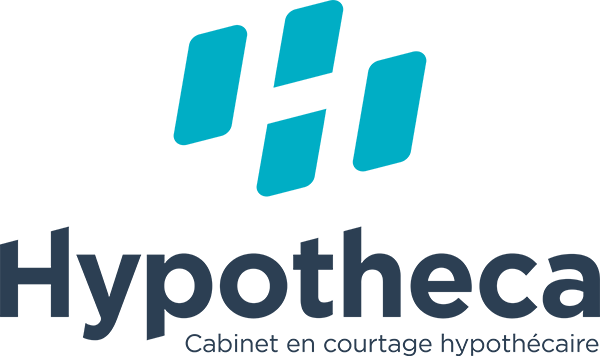A Simple and Stress-Free Mortgage Loan

The goal of a mortgage broker is to save you time and money. Happy client, happy broker!
A Simple and Stress-Free Mortgage Loan
Looking for a mortgage loan in Montreal, on the South Shore, or the North Shore? I offer my expertise for any type of property purchase: house, condo, income property, or secondary residence. Whether you are a first-time homebuyer, self-employed, retired, or a newcomer, whatever your financial situation, I provide personalized and attentive services.
Types of Mortgage Loans
There are two types of mortgage loan options:
- Conventional mortgage loan: A loan with a down payment of at least 20% of the purchase price.
- High-ratio mortgage loan: A loan with a down payment of less than 20% of the purchase price.
In Canada, mortgage insurance is required by the federal government for high-ratio mortgage loans — those with a down payment of less than 20% of the purchase price. The mortgage insurance premium is calculated as a percentage of the total mortgage loan amount and typically ranges from 2.80% to 4%. This insurance premium is added to the value of your mortgage loan, which increases your monthly payments accordingly.
This type of insurance should not be confused with mortgage life insurance, which protects homebuyers and their families in case of death or illness.



Determining Your Down Payment Amount
A down payment of 20% or more of the purchase price of your future property is highly recommended to avoid paying mortgage insurance. However, if your initial contribution is less than 20%, you can still benefit from advantageous interest rates by subscribing to mortgage insurance offered by institutions such as the Canada Mortgage and Housing Corporation (CMHC), SAGEN, or Canada Guaranty.
Mortgage insurance offers buyers the opportunity to achieve their dream of homeownership even with a smaller down payment. You may also consider using your Tax-Free Savings Account (TFSA) or Registered Retirement Savings Plan (RRSP) to help fund your property purchase. Both tools can support your real estate project, although they have different tax implications.
1.TFSA (Tax-Free Savings Account):
- The TFSA is often used for savings but can also be used for a home purchase.
- Contributions are not tax-deductible, but investment growth and withdrawals are tax-free.
- If you withdraw money from your TFSA, you can recontribute it later without penalty.
2.RRSP (Registered Retirement Savings Plan):
- The RRSP is typically intended for long-term retirement savings but also offers benefits for first-time homebuyers.
- You can use the Home Buyers’ Plan (HBP) to withdraw up to $60,000 from your RRSP to finance the purchase of your first home without paying tax on these withdrawals, provided you repay the amount to your RRSP over 15 years.
- RRSP contributions are tax-deductible, which can reduce your taxable income.
It is highly recommended to consult a professional for personalized advice based on your specific situation, as tax rules and benefits may vary depending on your financial status and real estate project.
The Mortgage Term and the Amortization Period
The mortgage term is the length of your mortgage contract. This term usually ranges from 6 months to 10 years. The amortization period, on the other hand, is the total time planned to fully repay your mortgage loan. This period typically ranges from 15 to 25 years. At the end of the term, you will need to consider different options, such as renewing your mortgage contract, finding another lender, or paying off the loan in full.


Contact Me
For a mortgage pre-approval, renewal, or refinancing, contact me. We can schedule a phone meeting. You can also fill out the online application form to get a quick response!

